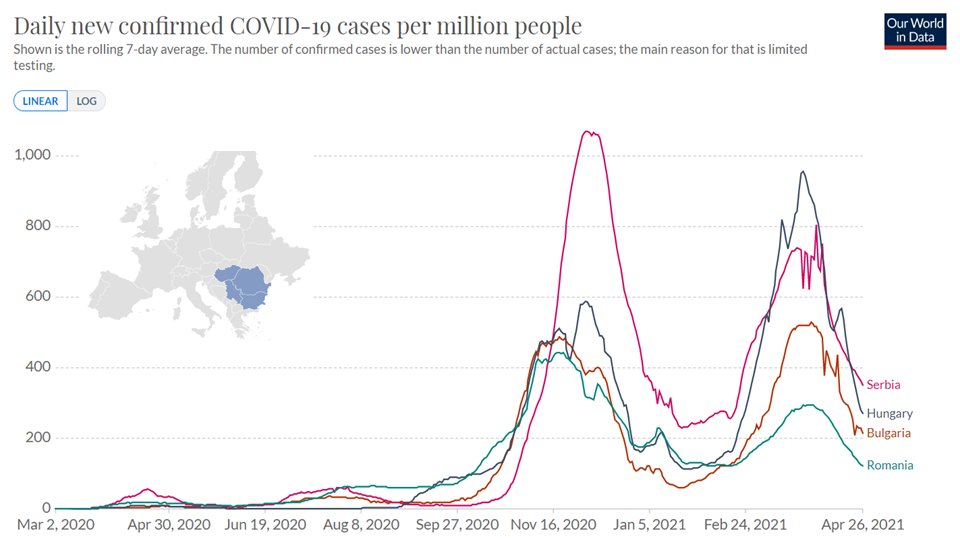
So far there does not appear to be a positive correlation between the number of people vaccinated in a state and the prevalence of Covid in that state.
Mississippi, for instance, has the lowest rate of vaccination and the lowest current prevalence.
Mississippi, for instance, has the lowest rate of vaccination and the lowest current prevalence.

Community prevalence continues to appear to be primarily driven by regional-seasonal factors with the lowest case counts across the South, from Alabama through California and the highest in the Northeast (from Michigan through Maine) plus the PNW: 

Vaccination uptake has been highest in the Northeast and lowest in the Southeast (and Mountain West).
So, it is likely that those states which are currently "in season" also happen to be those with the fastest uptake and those "out of season" have the most hesitancy.
So, it is likely that those states which are currently "in season" also happen to be those with the fastest uptake and those "out of season" have the most hesitancy.

It appears that regional-seasonal factors are confounding any evident impact of vaccination on case rates, at least.
However, since the most vulnerable were vaccinated first (in general) we should be able to pick up a signal in CFR.
So far, though, the effect is not obvious:
However, since the most vulnerable were vaccinated first (in general) we should be able to pick up a signal in CFR.
So far, though, the effect is not obvious:

• • •
Missing some Tweet in this thread? You can try to
force a refresh




















